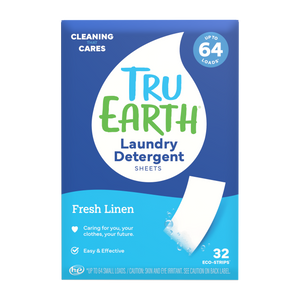Pink stains in your shower, often called "pink mold," are typically caused by a bacterium known as Serratia marcescens. This bacterium thrives in bathrooms' moist, humid environments, especially on shower walls and curtains, producing a pinkish-pigmented biofilm responsible for the characteristic pink stains.
These stains may appear for various reasons, including inadequate ventilation, organic matter like soap scum, stagnant water in crevices, and damaged grout or caulk.

The Hidden Dangers of Mold
While pink shower stains may not seem menacing, the mold behind them poses significant health and structural risks. Below are some of these health risks:
Respiratory Issues
Mold spores can pose significant risks to your respiratory health when they become airborne in the humid environment of your shower. Inhaling these tiny particles can lead to various respiratory problems, including coughing, wheezing, and throat irritation.
For individuals with existing allergies or asthma, mold exposure can be particularly concerning, as it has the potential to trigger or exacerbate their symptoms. When mold spores are inhaled, they can irritate the airways, causing inflammation and discomfort. This can result in a variety of respiratory issues that not only affect your comfort but also your overall well-being.
Skin Irritation
Direct contact with mold in your shower can lead to skin irritation and allergic reactions, causing discomfort such as itching, redness, and rashes. The irritation often results from the mycotoxins produced by certain molds, which can be absorbed through the skin.
These mycotoxins are chemical compounds released by molds as they grow, and they can have harmful effects on the skin. When mold colonies are present in your shower, any contact with the affected areas can lead to skin problems, leaving you with itchy and irritated skin, which can be quite bothersome and even painful.
Mold Allergies
Mold allergies are widespread, and mold in your shower can exacerbate these allergic reactions. Mold allergy symptoms can vary from person to person but often include sneezing, a runny or stuffy nose, itchy or watery eyes, and skin rashes.
These allergic reactions can be particularly troublesome for individuals with a history of allergies or asthma, as they are more susceptible to mold-related health issues.
Exposure to mold allergens is a common concern in the shower, where mold can readily grow due to the humid environment. Mold spores and allergenic proteins released by the mold can easily become airborne, leading to allergic reactions when inhaled or coming into contact with the skin.
Structural Damage
Mold's destructive impact extends beyond health concerns and can compromise the structural integrity of your shower. Over time, mold can deteriorate the grout, caulk, and the materials used to construct your shower. Mold in these areas can weaken the structural components, potentially leading to water leakage and damage to the underlying structure.
Structural damage from mold growth can be costly and require extensive renovations. Moreover, it can compromise the safety and longevity of your shower, making it essential to address and prevent mold growth to ensure the structural integrity of your bathroom remains intact.
Addressing Pink Shower Stains and Mold
Dealing with pink shower stains and mold in your bathroom can be a persistent challenge. These unsightly marks not only affect the appearance of your bathroom but also pose potential health risks. Let’s take a closer look at the following tips:
- Ensure proper ventilation in your bathroom through an exhaust fan or open windows to deter moisture buildup.
- Regularly wipe down shower walls and curtains to prevent organic matter accumulation.
- Promptly repair any damaged grout or caulk to prevent moisture infiltration.
Cleaning
- Use a bathroom cleaner with mold-killing ingredients, or create a DIY solution with equal water and white vinegar.
- Scrub with a brush, paying special attention to crevices and corners.
- Wear protective gear like gloves and a mask to avoid inhaling mold spores.
Maintenance
Regularly inspect your shower to ensure there are no hidden areas where moisture can accumulate.
Seeking Professional Help
If the mold problem is extensive or you have health concerns, consult a professional mold removal service for an assessment and appropriate action.

Pink Shower Stains Unveiled: Your Ultimate Cleaning Solution
In conclusion, pink shower stains often indicate mold growth and should not be ignored. By understanding the causes, recognizing the dangers of mold, and following the recommended steps for prevention, cleaning, maintenance, and professional assistance when necessary, you can maintain a clean, healthy, and safe shower environment for you and your family.

